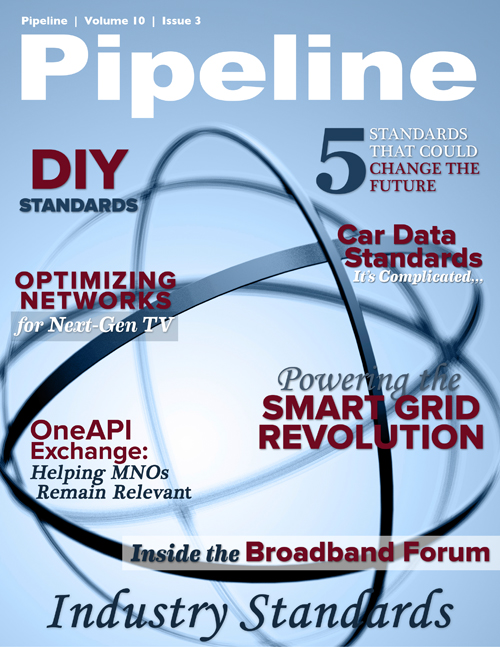Car Data Standards: It's Complicated
According to the September 2012 white paper “International Deployment of Cooperative Intelligent Transportation Systems—Bilateral Efforts of the European Commission and United States Department of Transportation,” one of the joint program’s most important accomplishments has been the standardization of safety messaging: “The revised planned contents of the EU Cooperative Awareness Message (CAM) have been harmonized with the contents of the currently adopted U.S. Basic Safety Message (BSM). While the messages are not identical, they are now sufficiently harmonized to require only simple software reconfiguration for systems to use both messages nearly interchangeably. This will enable the use of common hardware and substantially common software for products destined for both regions, reducing both cost and complexity to manufacturers and, ultimately, to consumers.”
The future of the connected-car market hinges on the establishment of agreed-upon standards that can accommodate any network on any device anywhere a driver chooses to roam. As the industry addresses these standards and interoperability challenges, the myriad new services that interconnected vehicles can support is virtually limitless.
A number of clues point to where the industry is headed, says Ed Brill, director, Mobile Enterprise Marketing, IBM. “There are initiatives related to car-to-car communication that are mainly focused on safety. But these implementations have physical limitations like reach and accuracy and are difficult to validate.The new connected consumer expects that data-centric models provide more value beyond safety inside the network of personalized devices; convenience, comfort, ease of use, information, guidance, entertainment, etc. are some examples. Back-end systems will get a more important role in the standardization of that landscape.”Moving forward, the most crucial aspect of enabling connected-car services is a trusted connection to that back end.
“An open protocol like message queuing telemetry transport [MQTT] provides a trusted connection between the vehicle and a standardized entry into the back end,” Brill adds. “MQTT was recently proposed to become an OASIS standard, providing a lightweight messaging transport for communication in machine-to-machine and mobile environments.”
As the connected-car industry continues to mature, standards will do likewise, evolving out of basic services related to safety and location. But the next couple of years will inevitably tell the tale, as connected-car services break away from government-mandated functions and standards and fully embrace the promise of the rich opportunities that a truly connected experience can offer to service providers and, most importantly, drivers.





















